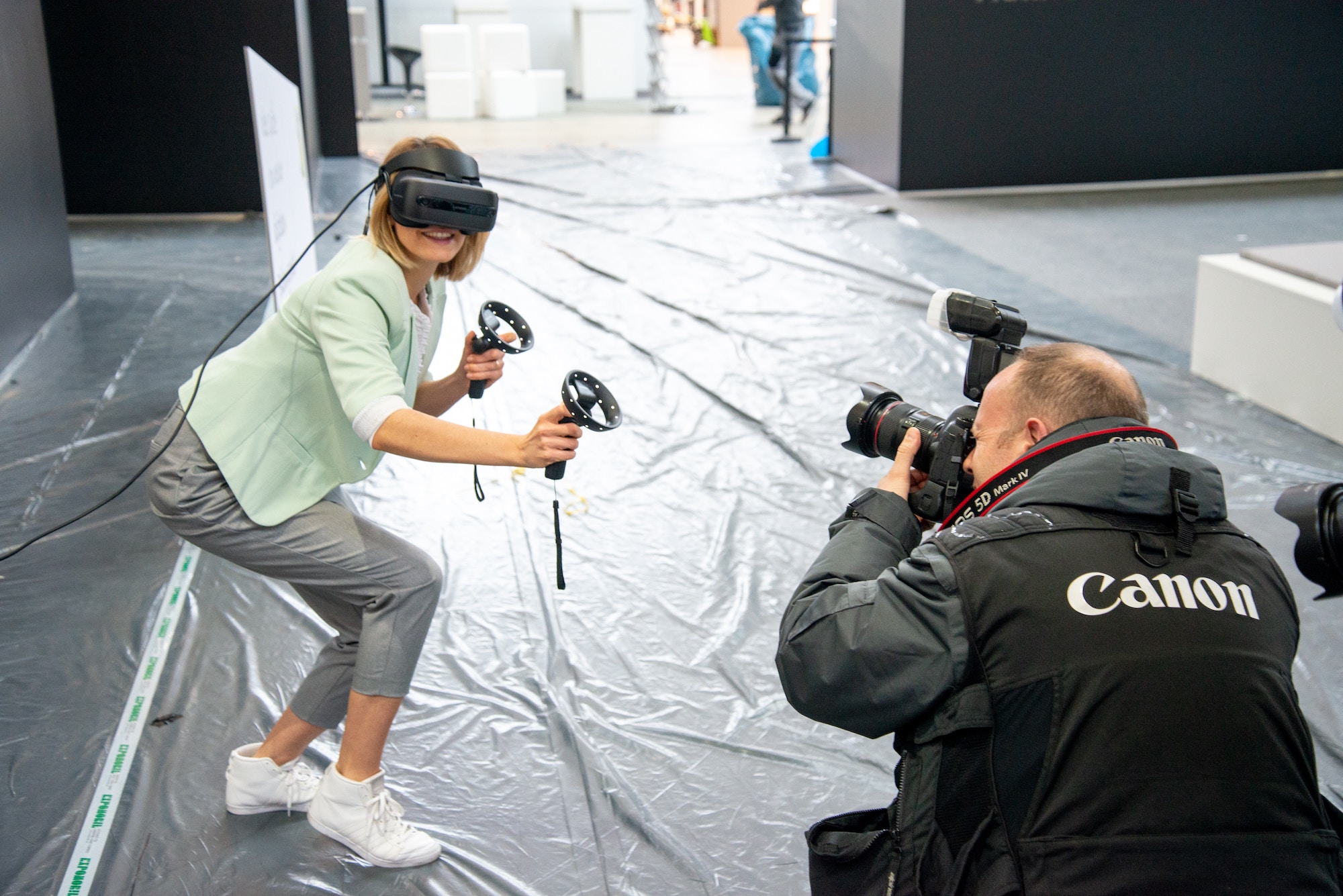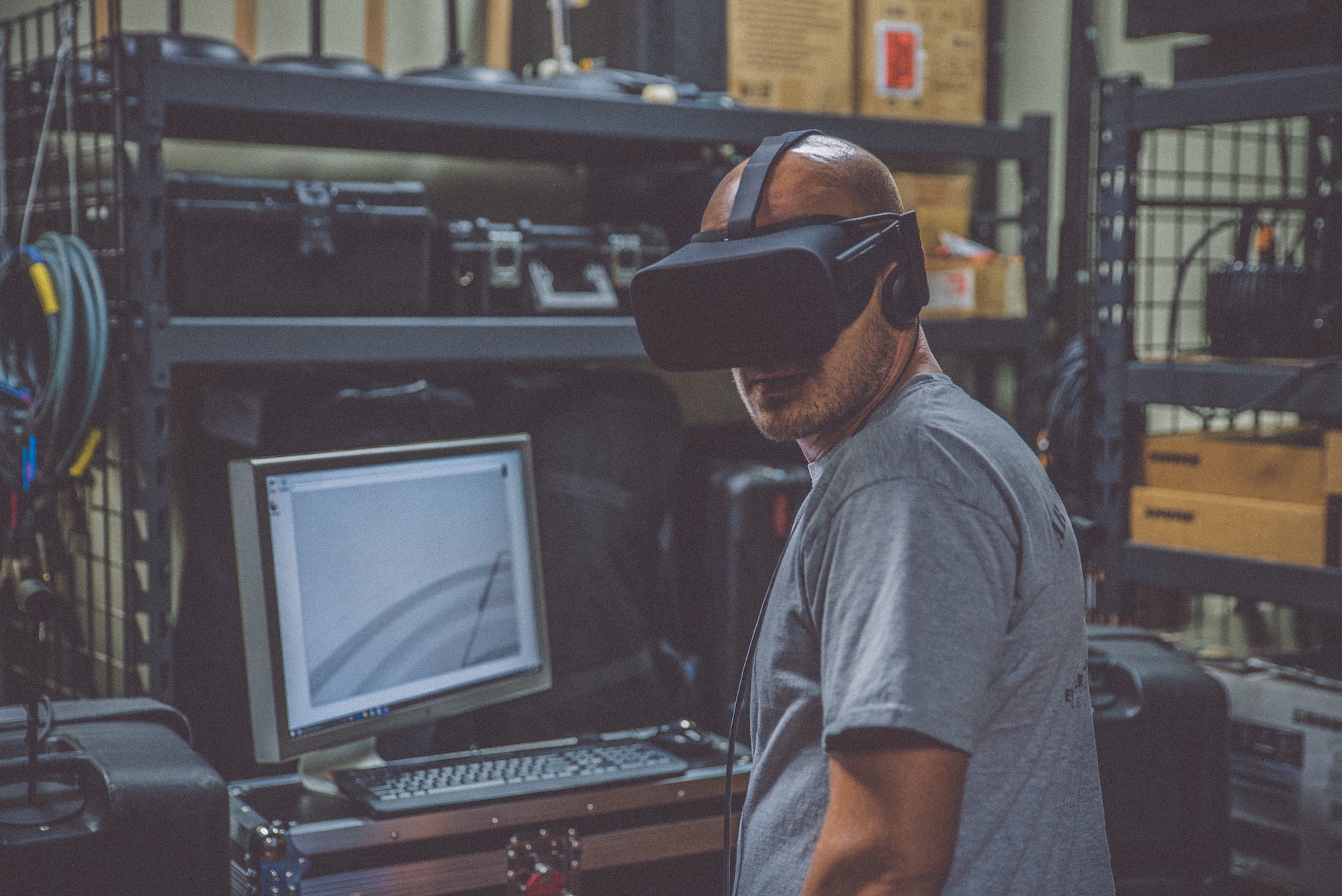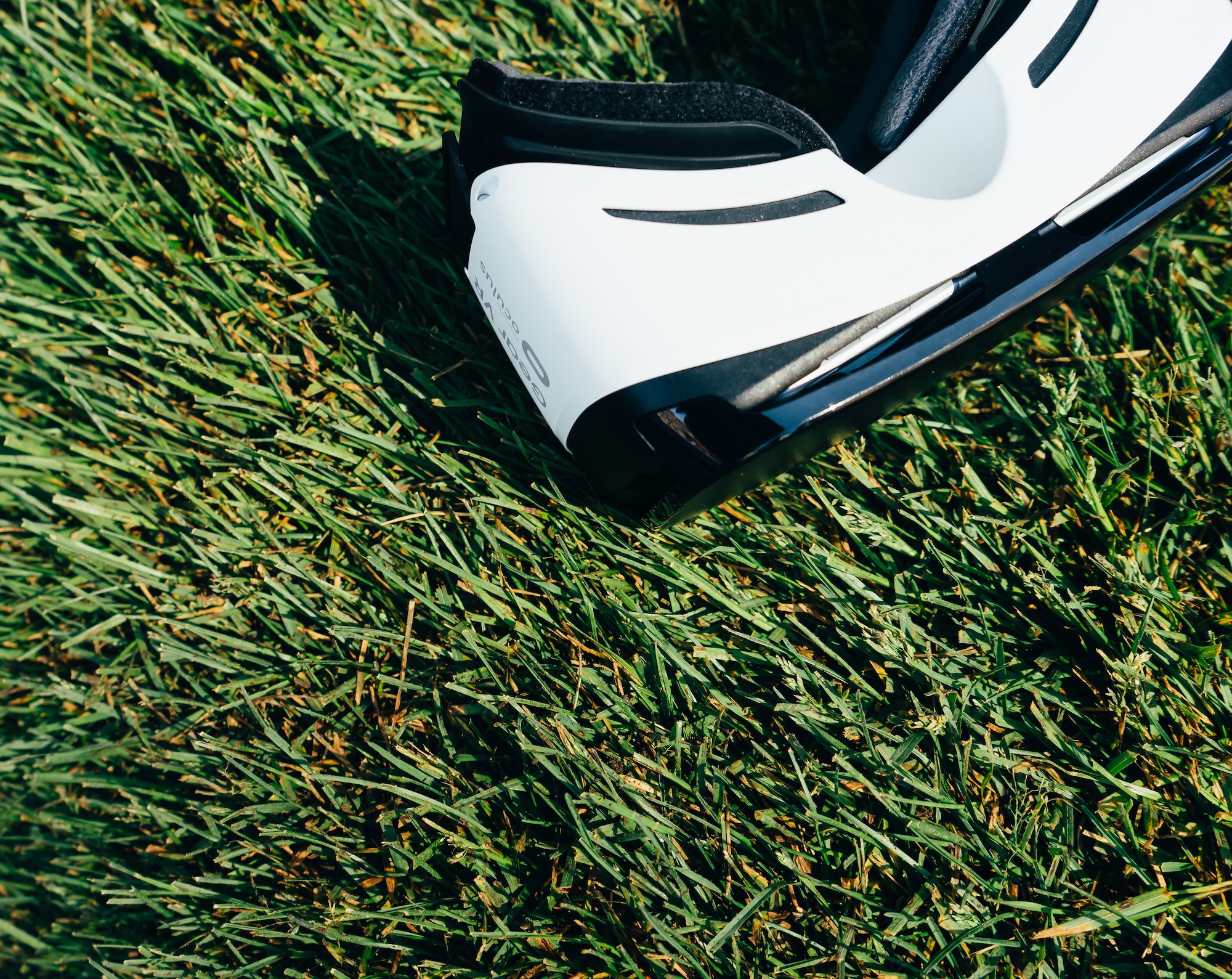< Back to all posts
The 5 Best Uses for Virtual Reality Video
It seems like the last few years have brought a big bump to the concept of virtual reality. While it’s not quite at the level where VR headsets are in every household, more and more companies are exploring the long term possibilities of virtual reality videos. And tech startups are investing more time and energy into developing what virtual reality is capable of. But what could the near future hold? This blog will explore 5 of the best uses for virtual reality video and how it may continue to change and advance.
A Virtual Reality Refresher
To start, it might be helpful to go over some of the basics of virtual reality. Often virtual reality is shortened to just VR, and its name pretty much speaks for itself. VR is futuristic technology that creates and transports a user into another, artificial reality. Right now it’s commonly constructed in the form of a large headset that covers the user’s eyes and ears. Corporate tech giants like Sony, Google, Oculus, and Samsung are some of the current, more well-known VR headset producers.
So, what’s the actual experience like? With a complete inability to see or hear anything from the “real” world, individuals wearing the headset feel as though they’re somewhere else entirely. It’s intended to be an isolating, extremely immersive event. The altered perception of reality can make users feel as if they’re in motion. You can even experience extreme vertigo at, say, walking across a virtual tightrope.
But what are some other ways virtual reality video could completely change our day-to-day lives?

1. Revolutionize Entertainment
Many people commonly associate virtual reality with video games. And there’s definitely a lot of validity there. There are already hundreds of video games available for VR users, ranging from archery practice to virtual boxing matches. Plus, Sony has its own headset on the market with its PlayStation VR.
Both video games and virtual reality share that idea of escapism. But that misses some of the other exciting possibilities of entertainment through VR. Imagine the experiments in film-making that will be possible when viewers become a part of the story. Or, rather than watching a livestream of your favorite band performing, virtual reality can put you in the front row.
The best part? It’s already available. This year alone the NBA made it possible to view select broadcasts exclusively shot and adapted for virtual reality video.
2. Breakdown Communication Barriers
Just a decade or so ago the ability to conduct a video chat from a mobile device still seemed like science fiction. And then of course 2010 came around and brought FaceTime with it. In the same respect, the vast majority of individuals aren’t carrying around virtual reality headsets in their pockets. But that doesn’t mean it won’t change the way we communicate with each other.
Imagine giving a soldier serving overseas the opportunity to watch their child being born, as if they’re in the same room. Or creating the experience of bringing long lost relatives together over a holiday. Rather than tell your friends about your amazing back country snow boarding trip, you’ll be able to bring them along with you. Simply shoot your descent with a 360 degree camera and share the experience later.
Not to mention what it can do for corporate communications; working remote will carry a whole new meaning to it. More than any other type of video, virtual reality has the distinct capability to bridge the physical distance between people and personal experiences.
3. Advanced On-Job Training
An interesting development with VR is its practicality in simulating the real world. Despite the notion that virtual reality is just escapism with the risk of putting us all in the Matrix, it has potential to affect real change. A recent trend has proved VR can alter how a lot of industries approach employee training.
Walmart has already introduced virtual reality video for employee training after partnering with the VR startup company STRIVR. Just last year the company deployed 17,000 Oculus Go headsets across 5,000 locations nationwide to mimic the type of corporate training its managers receive at the Walmart Academy facilities.

Through virtual reality, employees can gain experience dealing with real potential in-store scenarios, without the headaches of actually cleaning up an aisle spill or dealing with a holiday rush.
On a more serious level, it’s not uncommon for the U.S. military to train soldiers through virtual reality simulators before deployment. By putting soldiers through realistic environments in combat training and conflict scenarios, they’re better equipped to handle similar situations when lives are potentially at risk in the real world.
In the medical field, virtual reality can provide a unique way to harness skill. Medical and dental students can practice complex surgeries and procedures in a safe, controlled environment. But training scenarios aren’t the only positive VR can bring to healthcare.
4. Healthcare Innovations
Many technological advancements occur in the healthcare industry. Therefore it’s probably not surprising that the field has also been a hot-bed for virtual reality tech. Beyond training situations, virtual reality can serve to change how medical professionals diagnose and treat serious conditions.
Through VR simulations, diagnostic images from ultrasounds or CAT scans can be reconstructed into advanced three dimensional models. Surgeons can study these patient anatomy models, and determine the best ways to efficiently and safely place surgical incisions, locate tumors, and other complex diagnosis and procedures.
VR as Treatment
Aside from diagnosing ailments or simulating surgeries, more medical professionals are exploring the advantages of using virtual reality as a means to treat patients, particularly those with severe anxiety disorders or PTSD. There are guided meditation virtual reality programs, and it’s easy to see the advantage VR could have in those scenarios.
Virtual reality allows patients to explore the power of meditation in a completely immersive experience, in a controlled environment. In the same respect, VR can be utilized as a therapeutic tool. Through virtual reality’s controlled environment, patients can safely explore fearful or stress-inducing situations. It provides the benefit of exposure therapy without any of the major, real-world risks.

5. Travel Anywhere
The potential for VR to change how we approach retail shopping is interesting to think about. But more than that, virtual reality takes the concept of travel to a new place. So much so that the potential for VR tourism could be extremely common.
Think about it; you can explore the pyramids or tour the Eiffel Tower from the comfort of your own home. It may not provide the same breathtaking experience of actually being there, but it beats looking at Google maps. Plus through virtual reality video it would come at a fraction of the cost. As an educational tool it would be unrivaled.
Yet virtual travel would have more implications than a new spin on staycations. Families or individuals considering a move across the country could potentially “try it out” via VR before making such a commitment. Additionally, the real estate industry would change drastically.
Immersion and the elimination of boundaries are some of the more tantalizing experiences virtual reality videos can offer. Especially as the technology continues to improve in quality.
Reality Check
While shooting for virtual reality programs may not be a common request right now, that could very well change in just a few years. It’s never too early to research and prepare as future trends and technological advancements will eventually become more commonplace.
Virtual reality is poised to completely alter our approach to how we interact with our environments and each other. In the process it will change our approach to video production as well. The current practices in place for virtual reality videos is already innovative and impressive.
And when you’re ready to shoot your next VR project, or develop any new video idea, reach out to us at Crews Control. No matter what reality you’re located in, from storyboarding to final cut we have all of your video production needs covered. Get your free quote today!







Leave a Reply